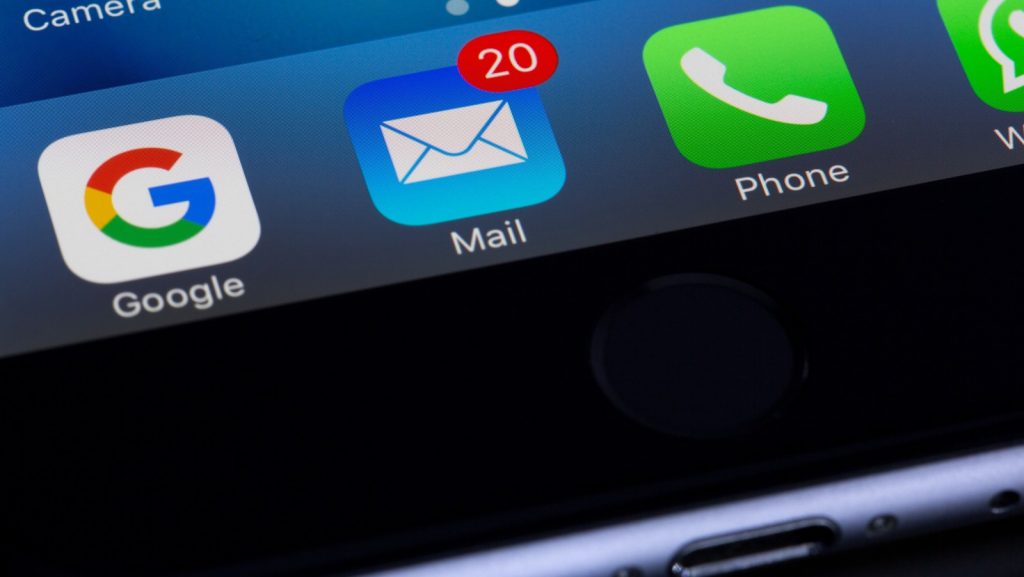OpenAI has launched GPT 5.2, a major model upgrade now available in both the API and ChatGPT. It is described as the company’s most…
Why email became the perfect platform for the COVID-19 moment

If anyone ever needed proof that email isn’t dead, the COVID-19 crisis has provided it in spades. As companies around the globe became aware that the crisis would have an impact on their operations, customer communication became a higher priority than ever before.
And rather than turning to instant messaging, chatbots, or any number of other newer technologies, most organizations chose to communicate with their customers via the old stalwart, email. And with good reason too. Despite the technology being nearly 50 years old, email has continued to evolve and offers advantages that other forms of communication simply don’t.
A fresh look at those advantages will illustrate why email isn’t just the perfect platform for the COVID-19 moment, but will continue to be a vital communication platform for some time to come.
Ubiquity and trust
One of the most important advantages email has over other communication platforms is ubiquity.
It’s estimated that there are more than 4-billion email users around the world. And while there are obviously variations according to age and occupation, most people check their email multiple times a day.
But that would matter very little if email weren’t effective. Fortunately, it is.
While the numbers vary, study after study has shown that most people would rather organizations communicate with them via email than text, phone calls, direct mail, or social media. This is true, regardless of age and socio-economic background.
An evolving medium
That email has been able to play this role is due to its ongoing evolution. What started out as a simple text-based medium has become increasingly interactive. So, when it became clear that COVID-19 would be a global crisis, organizations could send out emails that delivered their message in a way that not only looked authentic, but felt it too.
Importantly, they were able to do so with a high degree of personalization and could ensure that the messaging reached their customers at the right time.
Of course, not every organization would’ve gotten this right. Those that did, however, would’ve gone a long way to ensuring customer loyalty for the duration of the crisis as well as its aftermath.
An ongoing task
As important as the initial communications sent out by organizations were, however, it’s vital that they keep communicating through the course of the crisis.
By informing customers how their plans are adapting to changing circumstances and how they’re assisting in the fight against COVID-19, organizations can ensure that they stay top of mind. In doing so, they’re making moves that may help ensure their long-term survival. The organizations that communicate with their customers most effectively during the crisis will be the ones that they go back to first when it’s eventually over.
Of course, it’s important not just to have a communication plan for the duration of the COVID-19 crisis. Organizations also need to plan for the aftermath and speaking to their customers will be key to that.
The fundamentals of authentic, relevant, and hyper-personal communication will be more important than ever. Customers will be looking for reassurance and organizations won’t be able to afford a misstep in providing it.
Email as part of a mix
Many of the same qualities that brought email to the fore in the early stages of the COVID-19 crisis will again underline its value as the world emerges from under its shadow.
Ultimately, however, it’s important to remember that email has a specific role to play and should always form part of any organization’s communication strategy rather than its entirety. And if it is to play that role, it has to be executed properly in a way that speaks to the individual customer’s wants and needs.
Feature image: Torsten Dettlaff via Pexels


